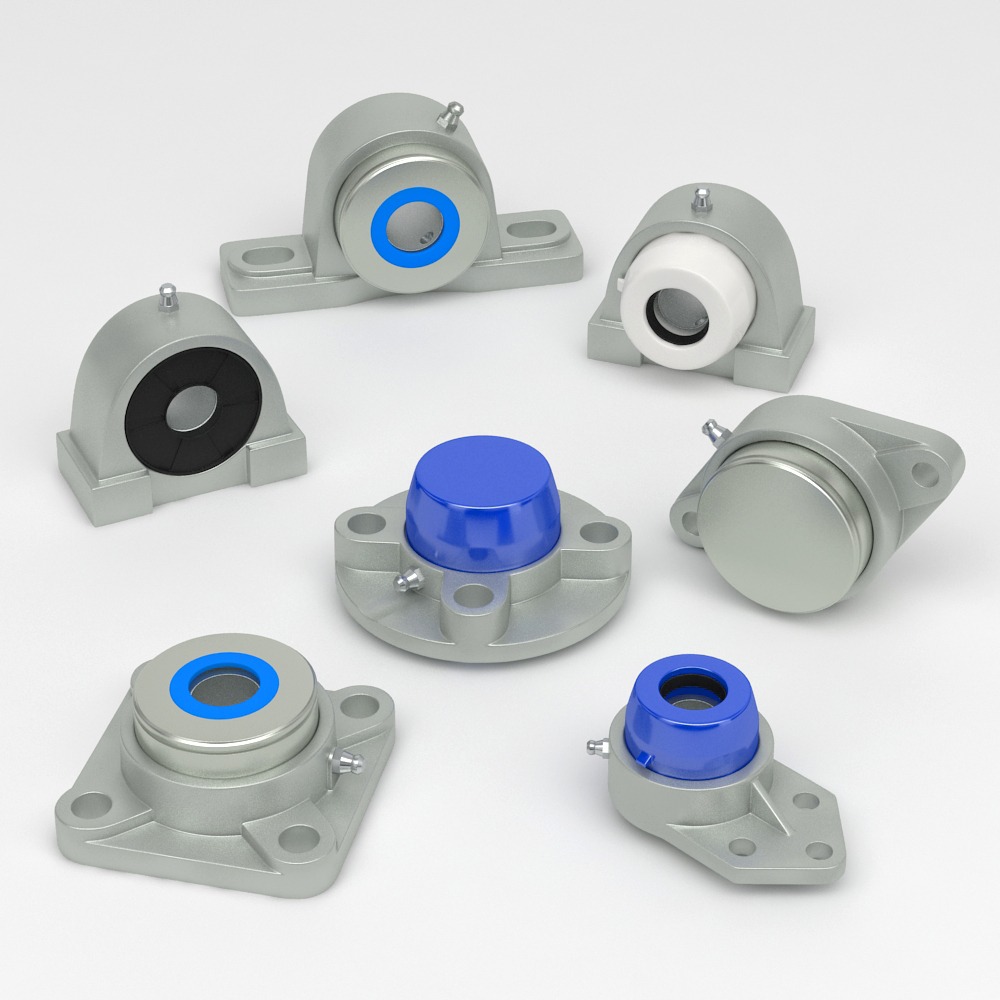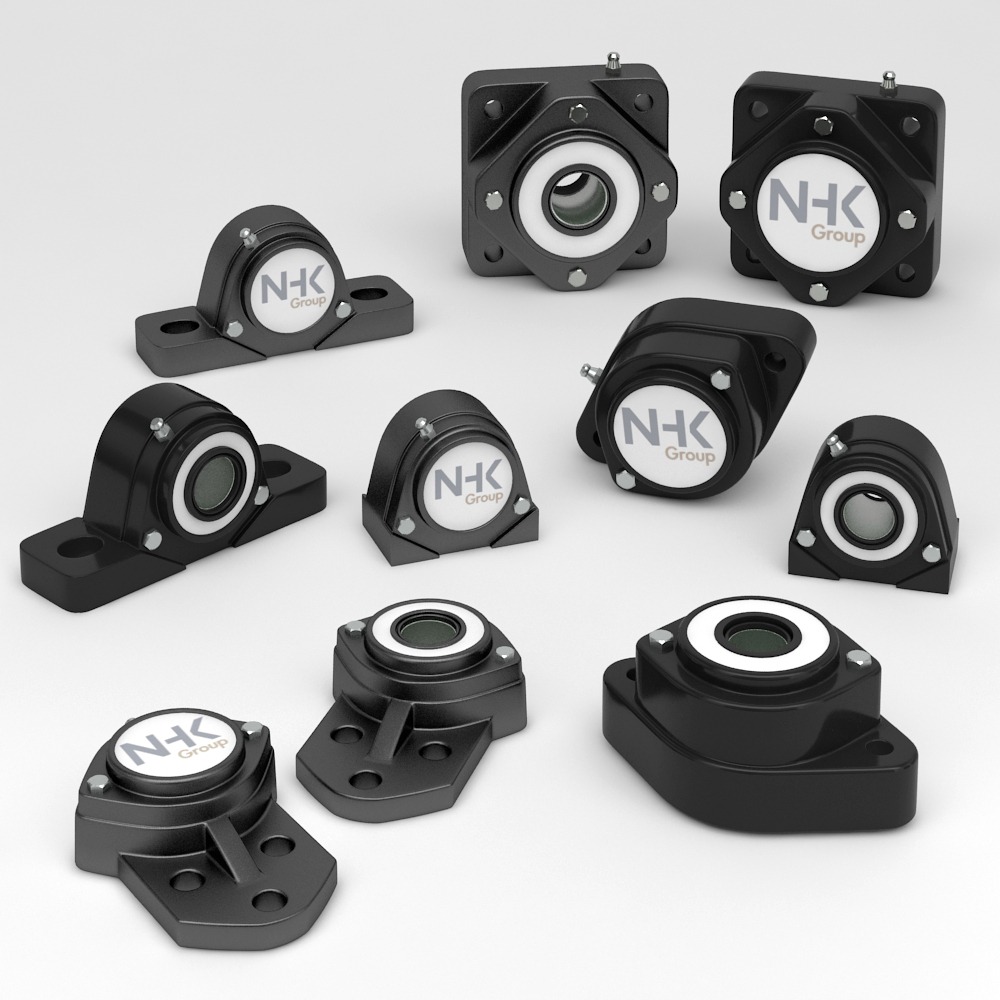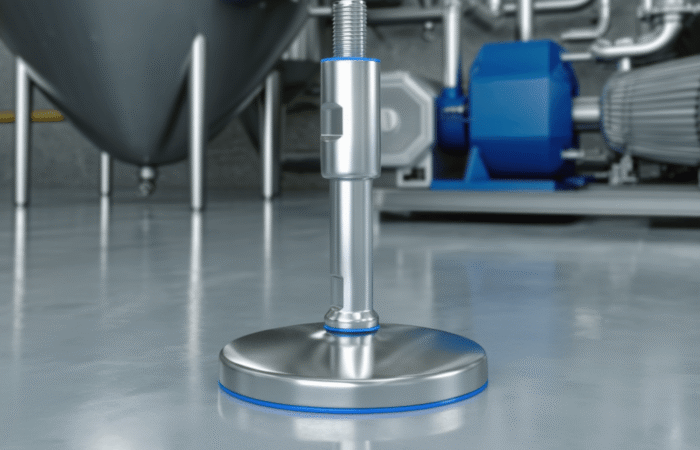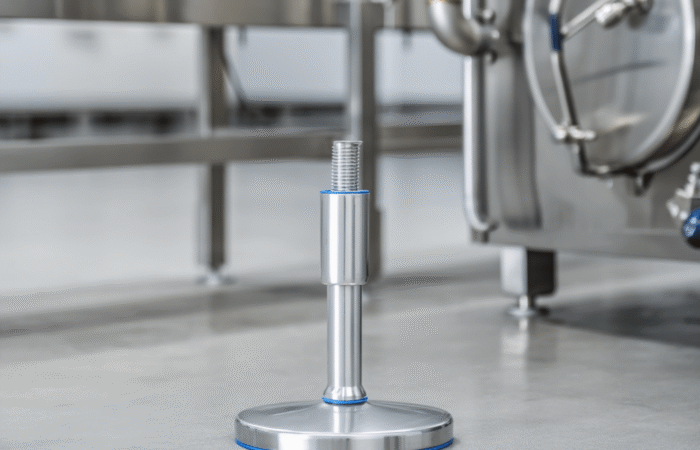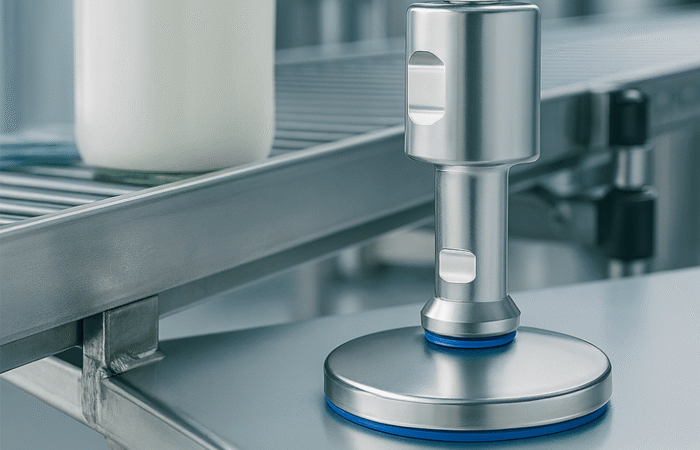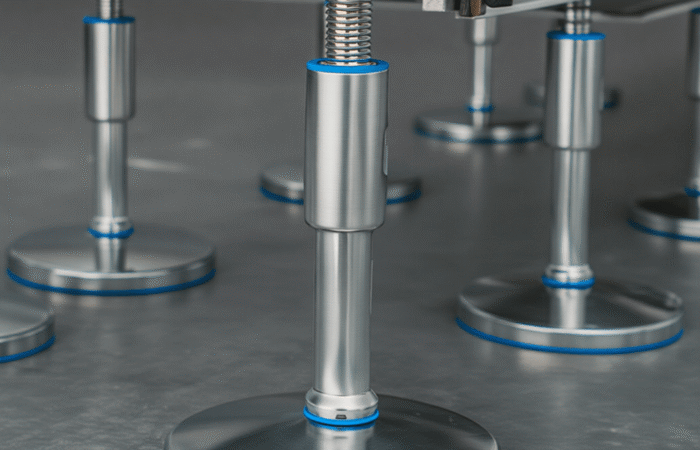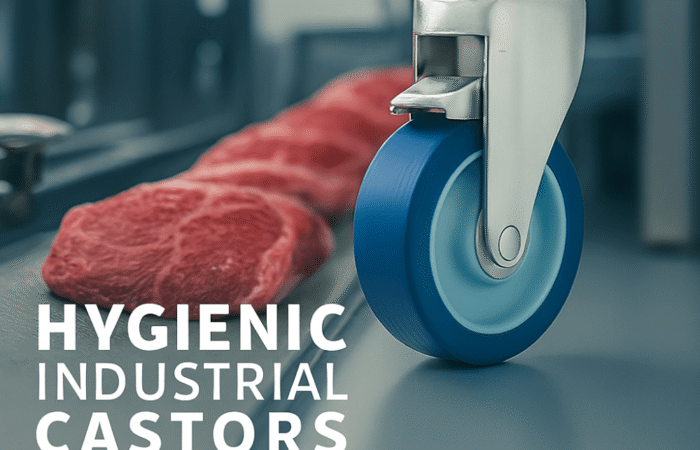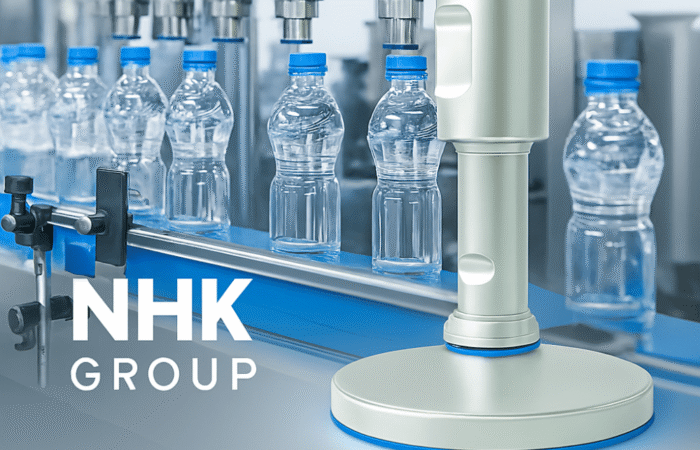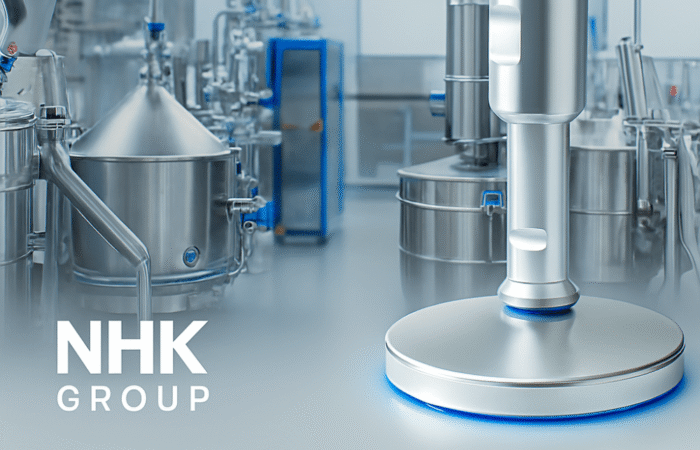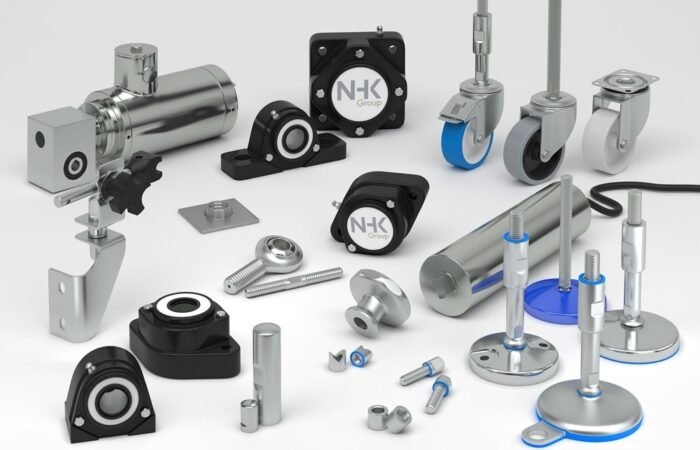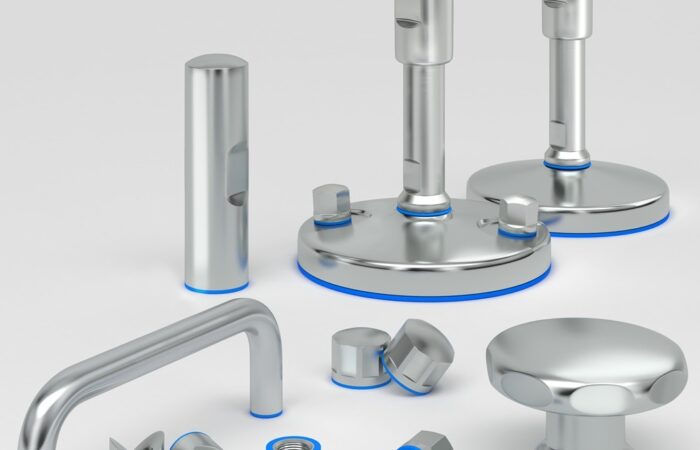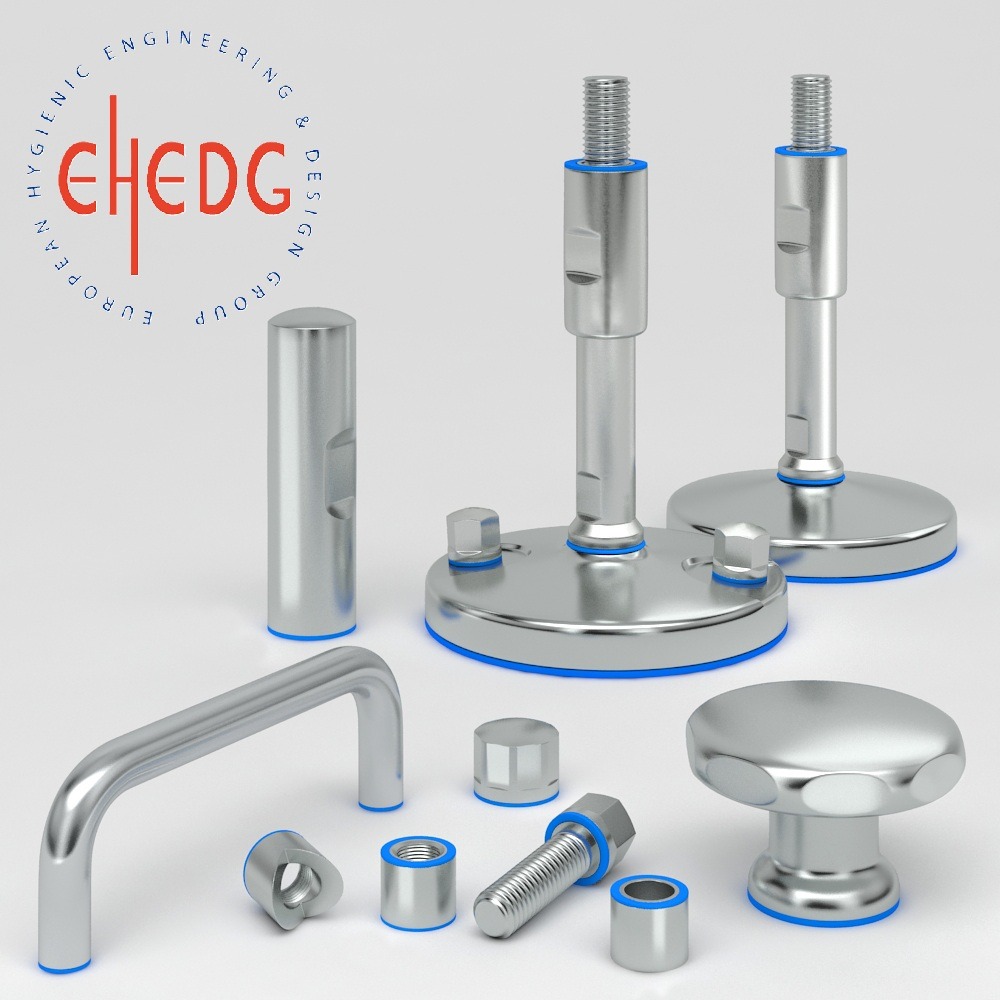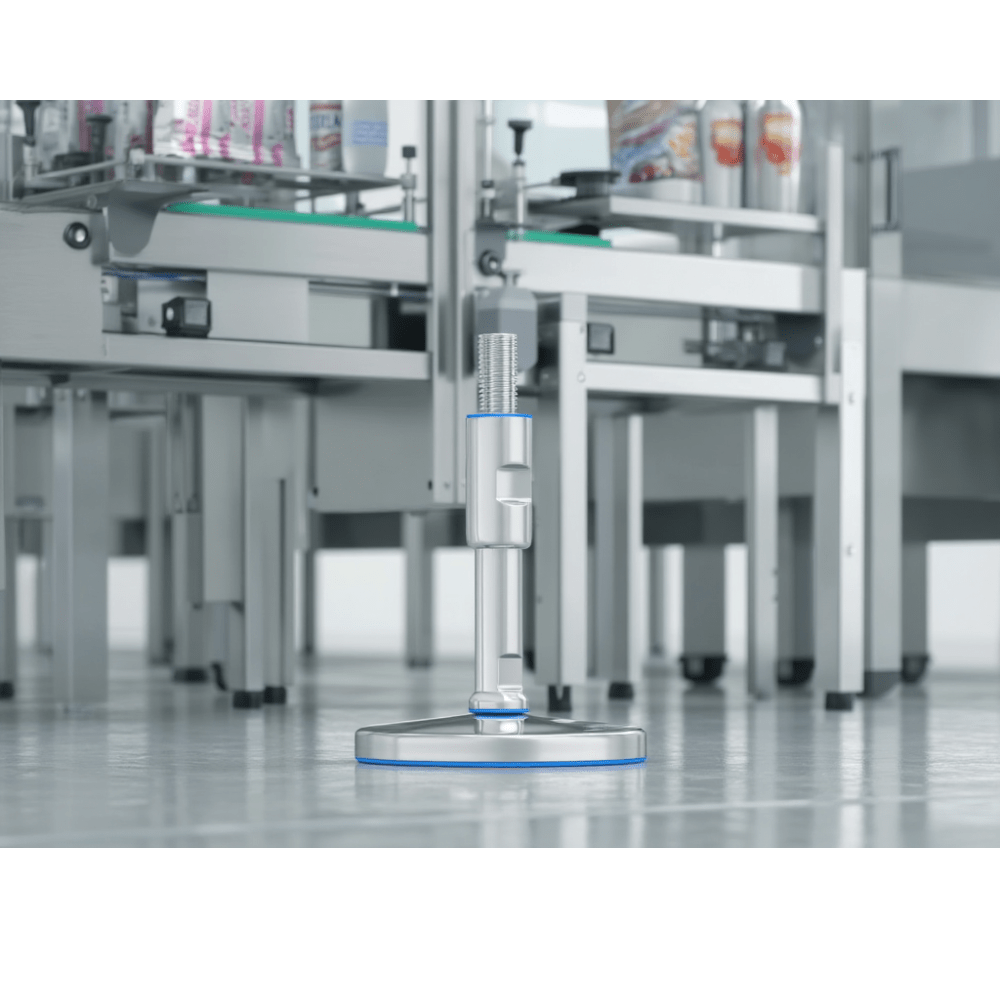What are common challenges in compliance with EHEDG certification and Sanitary standards?
Compliance with EHEDG and Sanitary standards involves several challenges. Manufacturers face complex design requirements to prevent contamination and ensure easy cleaning, requiring significant investment in materials and testing. Material selection is critical for corrosion resistance and microbial prevention, adding to costs. Rigorous testing and validation are time-consuming and costly, while ongoing maintenance demands extensive documentation. Design constraints limit innovation, and regulatory updates require continuous adaptation. Global market challenges necessitate navigating varying standards, and ensuring staff expertise involves ongoing training. These challenges require resources and commitment to meet stringent hygiene and safety requirements.
Here are some of the common challenges faced by companies striving to meet these standards:
1. Design and Engineering Complexity
- Complex Equipment Design: Designing equipment that meets the stringent requirements of EHEDG and Sanitary standard can be technically challenging. Equipment must have smooth surfaces, minimal crevices, and be easily cleanable, which can complicate the engineering process.
- Material Selection: Choosing the right materials that are both durable and resistant to corrosion and contamination can be difficult. Materials must also withstand cleaning agents and processes without degrading.
2. Cost Considerations
- Initial Investment: The cost of designing and manufacturing equipment to meet these standards is often higher than standard equipment, which can be a barrier for smaller companies or startups.
- Operational Costs: Maintaining compliance may require more frequent inspections, maintenance, and cleaning procedures, which can increase operational costs.
3. Maintenance and Cleaning
- Frequent Cleaning Requirements: Equipment designed to meet EHEDG and Sanitary standard often requires more frequent cleaning to maintain compliance, which can lead to increased downtime and labor costs.
- Specialized Training: Staff must be trained to understand and implement specific cleaning procedures that comply with these standards, requiring additional training and resources.
4. Documentation and Testing
- Extensive Documentation: Compliance requires detailed documentation of design, materials, and processes, which can be resource-intensive to produce and maintain.
- Regular Testing and Validation: Equipment must undergo regular testing to ensure it meets the standards, requiring ongoing validation and potential re-certification, which can be time-consuming and costly.
5. Regulatory Updates and Changes
- Keeping Up with Standards: EHEDG and Sanitary standard are periodically updated to reflect new research and technological advancements. Keeping up with these changes can be challenging for companies, requiring continuous monitoring and adaptation.
- Global Standards Variation: Companies operating globally must navigate different standards and regulations, which can vary significantly between regions, complicating compliance efforts.
6. Integration with Existing Systems
- Compatibility Issues: New EHEDG or Sanitary standard compliant equipment must be integrated with existing systems, which may not meet these standards, posing compatibility challenges.
- Retrofitting Equipment: Upgrading or retrofitting existing equipment to meet compliance can be technically challenging and costly, especially if the equipment was not initially designed with these standards in mind.
7. Supply Chain Challenges
- Supplier Compliance: Ensuring that all components and materials sourced from suppliers meet EHEDG or Sanitary standard can be difficult, requiring stringent supply chain management and oversight.
- Verification Processes: Implementing processes to verify supplier compliance adds another layer of complexity and resource allocation for manufacturers.
Strategies to Overcome Challenges
- Investment in Training: Providing ongoing training for staff to understand the importance of compliance and how to implement it effectively can help mitigate many challenges.
- Collaborating with Experts: Partnering with experts in hygienic design and compliance can provide valuable insights and support in navigating complex standards and regulations.
- Leveraging Technology: Utilizing advanced design and simulation tools can aid in creating compliant equipment more efficiently and effectively.
- Regular Audits and Reviews: Conducting regular audits and reviews can help identify potential compliance issues early, allowing for timely corrective actions and continuous improvement.
Compliance with EHEDG and Sanitary standard can present several challenges for industries focused on maintaining hygiene and safety. By understanding these challenges and implementing strategic solutions, companies can enhance their ability to comply with EHEDG and Sanitary standard, ensuring the safety and quality of their products while maintaining operational efficiency.
